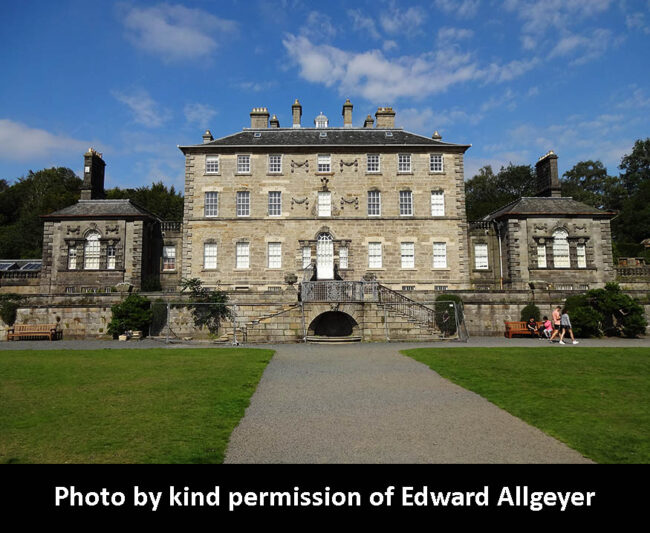
The garden facade
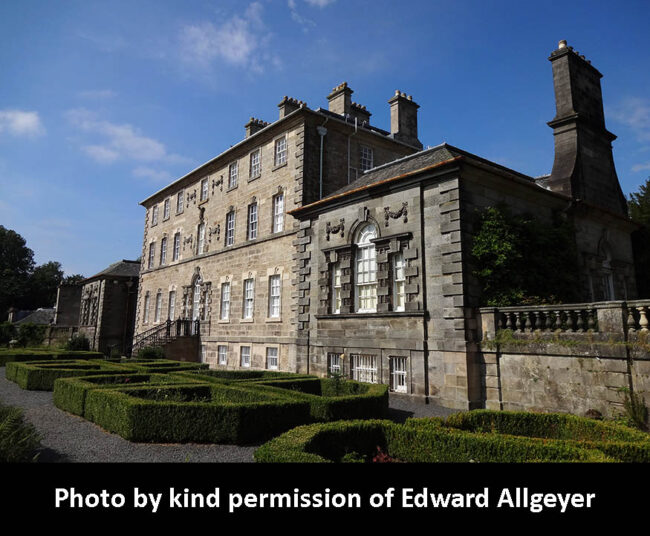
The garden facade
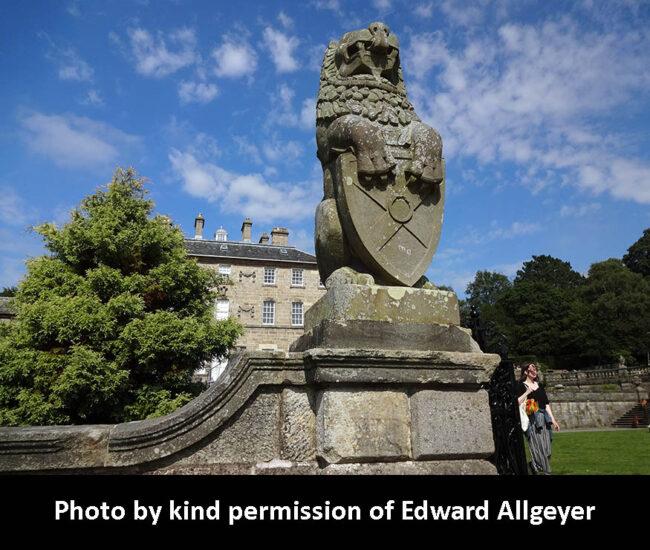
The garden facade

The garden
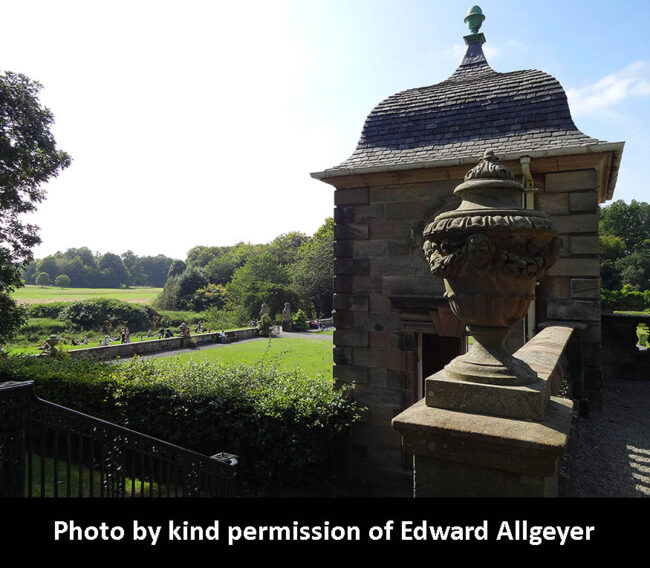
View from the terrace of the garden facade
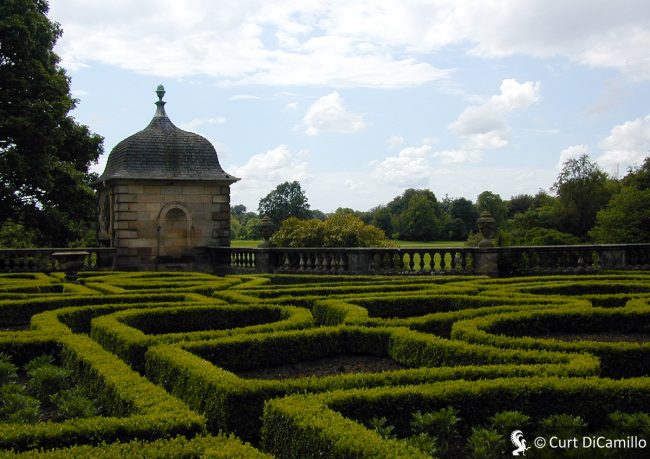
The garden

The garden
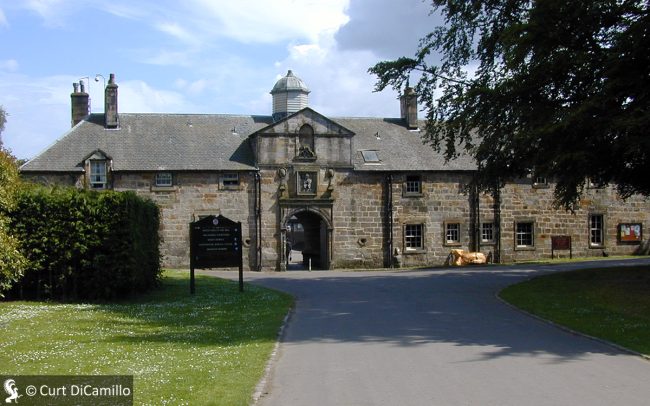
The stables
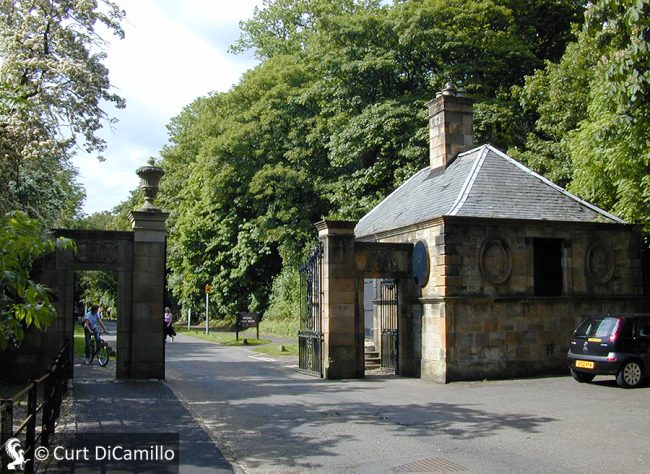
Gatehouse

The garden
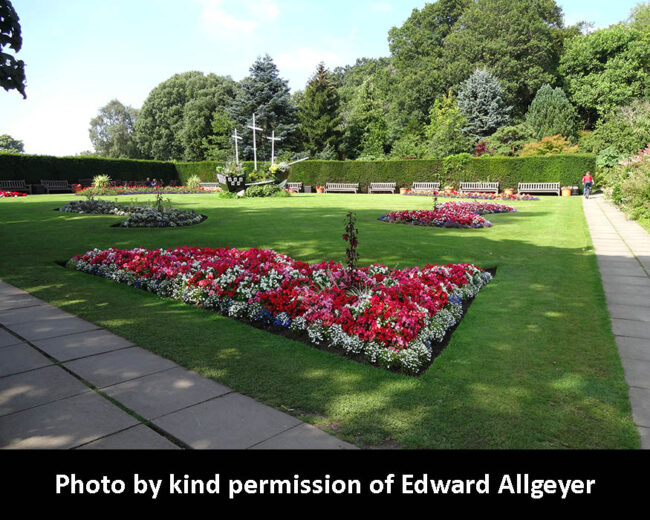
The garden

The 1903 bookplate of Sir John Stirling Maxwell
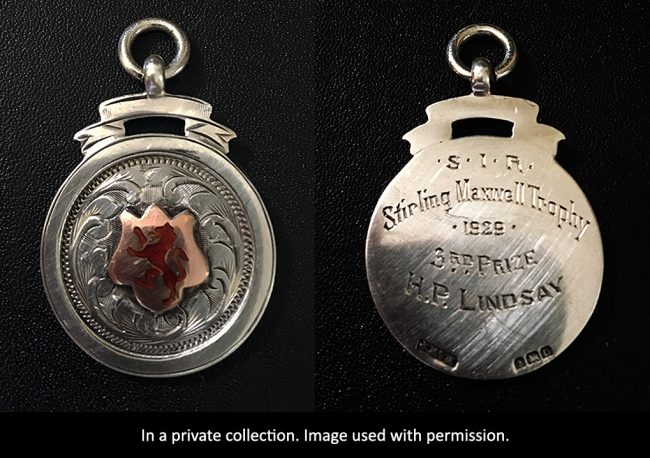
The Sir Stirling Maxwell Trophy, third prize, awarded to H.P. Lindsay, 1929.
Earlier Houses: There were three earlier castles on the site of the current house.
Built / Designed For: Sir John Maxwell
House & Family History: The Maxwell family came here in the mid-13th-century and occupied three earlier castles before the last of them was replaced by the current house in the 18th century. Pollok House was extended and altered in 1890, including the new wings, by the Edinburgh architect Robert Rowland Anderson, leaving it with a striking marble and mahogany entrance hall. Sir John Stirling-Maxwell, and some of his closest friends, first conceived of the idea of the National Trust for Scotland at Pollok House in 1931. Sir John became one of the Trust's first vice presidents and was president of the preservation charity from 1943 until his death in 1956. During his lifetime Sir John recognized the need for the residents of Glasgow to have more access to public green space. This, coupled with concerns that his family's ancient estate might be broken up and sold after his death, led Sir John, as early as 1911, to consider transferring Pollok House and its policies to the City of Glasgow four public use. This was accomplished by his daughter, Anne Maxwell-Jardine, who, after her father's death, donated the house, its art collection, and most of the park to the City of Glasgow in 1967.
Collections: Pollok contains an internationally noted collection of paintings, silver, porcelain, and furnishings appropriate to an Edwardian country house. The collection is particularly noted for its large holdings of Spanish paintings, including works by El Greco, Goya, and Bartolomé Esteban Murillo, as well as paintings by William Blake, and other English artists. Before sell-offs in the 20th century, Pollok had one of the largest and most important collections of Spanish paintings in the world. In 2017 art historian Bendor Grosvenor discovered the lost Rubens portrait of George Villiers, 1st Duke of Buckingham, at Pollok House (it had been listed as lost for nearly 400 years). The painting had been in the Pollok collection for decades, listed as a copy after Rubens; however, a restoration commissioned by Grosvenor discovered that the Pollok copy was, in fact, the original by Rubens.
Garden & Outbuildings: Pollok House is set within Pollok Country Park, given to the City of Glasgow in 1967 by the Maxwell family. There is an extensive garden surrounding the house, with a collection of over 1,000 species of rhododendrons and the famous Pollok Park Beech (fagus sylvatical), which is believed to be 250 years old. The heraldic lions on the gate piers were carved in 1950 by John Marshall to a design by Huw Lorimer. Sir John Stirling-Maxwell was involved in trying to resolve the long-standing problem of finding a permanent home for the art treasures donated to the City of Glasgow by Sir William Burrell in 1944. The gift of most of Pollok Park to the citizens of Glasgow by Sir John's daughter, Anne Maxwell-Jardine, provided the land to erect a building to house the Burrell Collection, today one of Britain's great museums.
Architect: William Adam Sr.
Date: Circa 1740Architect: Robert Rowand Anderson
Date: 1890 -1901John Bernard (J.B.) Burke, published under the title of A Visitation of the Seats and Arms of the Noblemen and Gentlemen of Great Britain and Ireland, among other titles: 2.S. Vol. I, p. 94, 1854. 2.S. Vol. II, p. 62, 1855.
Country Life: XXXIII, 126 plan, 1913.
Title: Biographical Dictionary of British Architects, 1600-1840, A - SOFTBACK
Author: Colvin, Howard
Year Published: 1995
Publisher: New Haven: Yale University Press
ISBN: 0300072074
Book Type: Softback
House Listed: Category A
Park Listed: Listed as a Garden & Designed Landscape
Past Seat / Home of: Sir John Stirling-Maxwell, 10th Bt., 19th-20th centuries; Maxwell family here from the mid-13th century until 1966.
Current Ownership Type: Government
Primary Current Ownership Use: Visitor Attraction
Ownership Details: Owned by Glasgow City Council and managed by the National Trust for Scotland
House Open to Public: Yes
Phone: 01416-166-410
Fax: 01416-166-521
Email: [email protected]
Website: https://www.nts.org.uk
Historic Houses Member: No